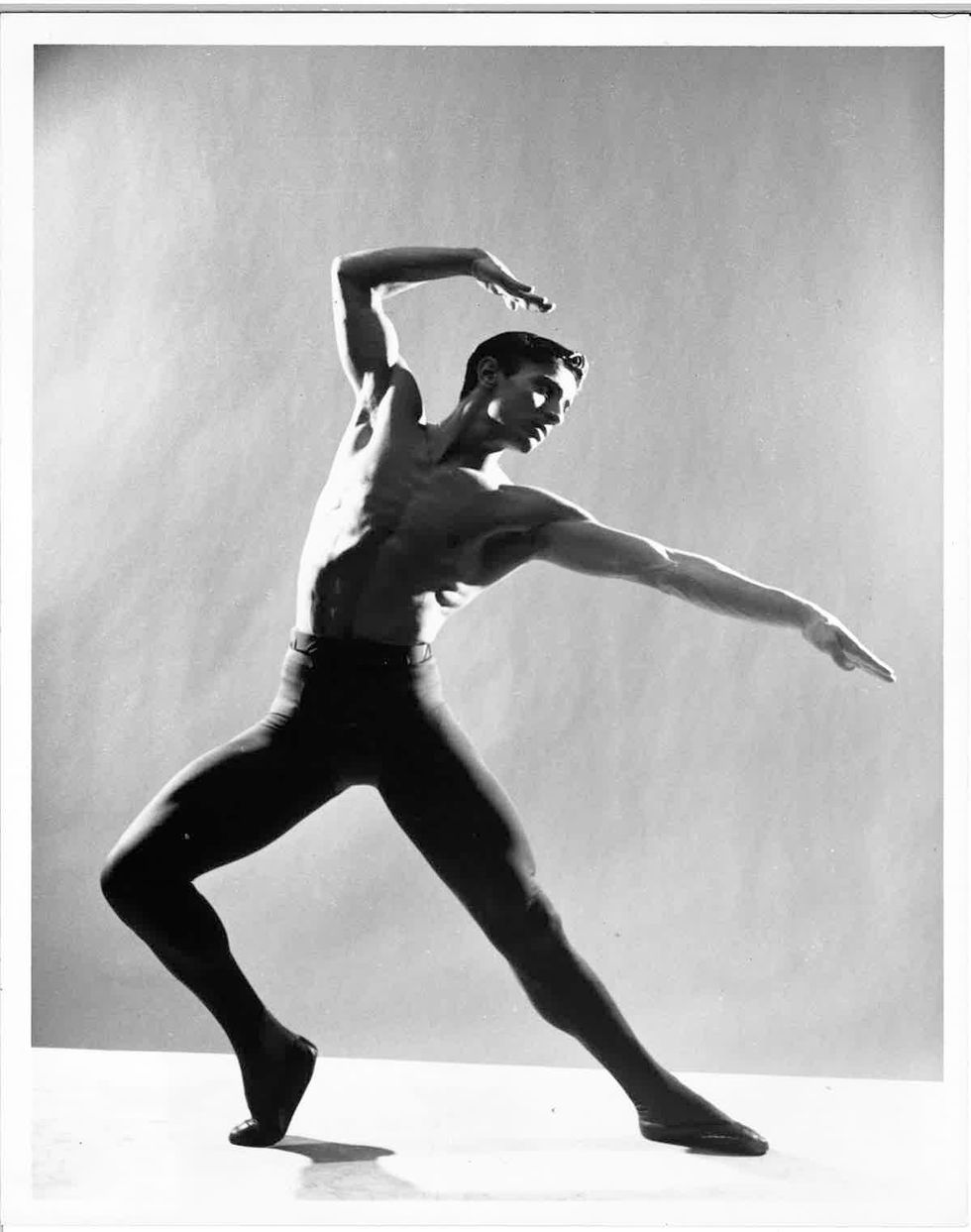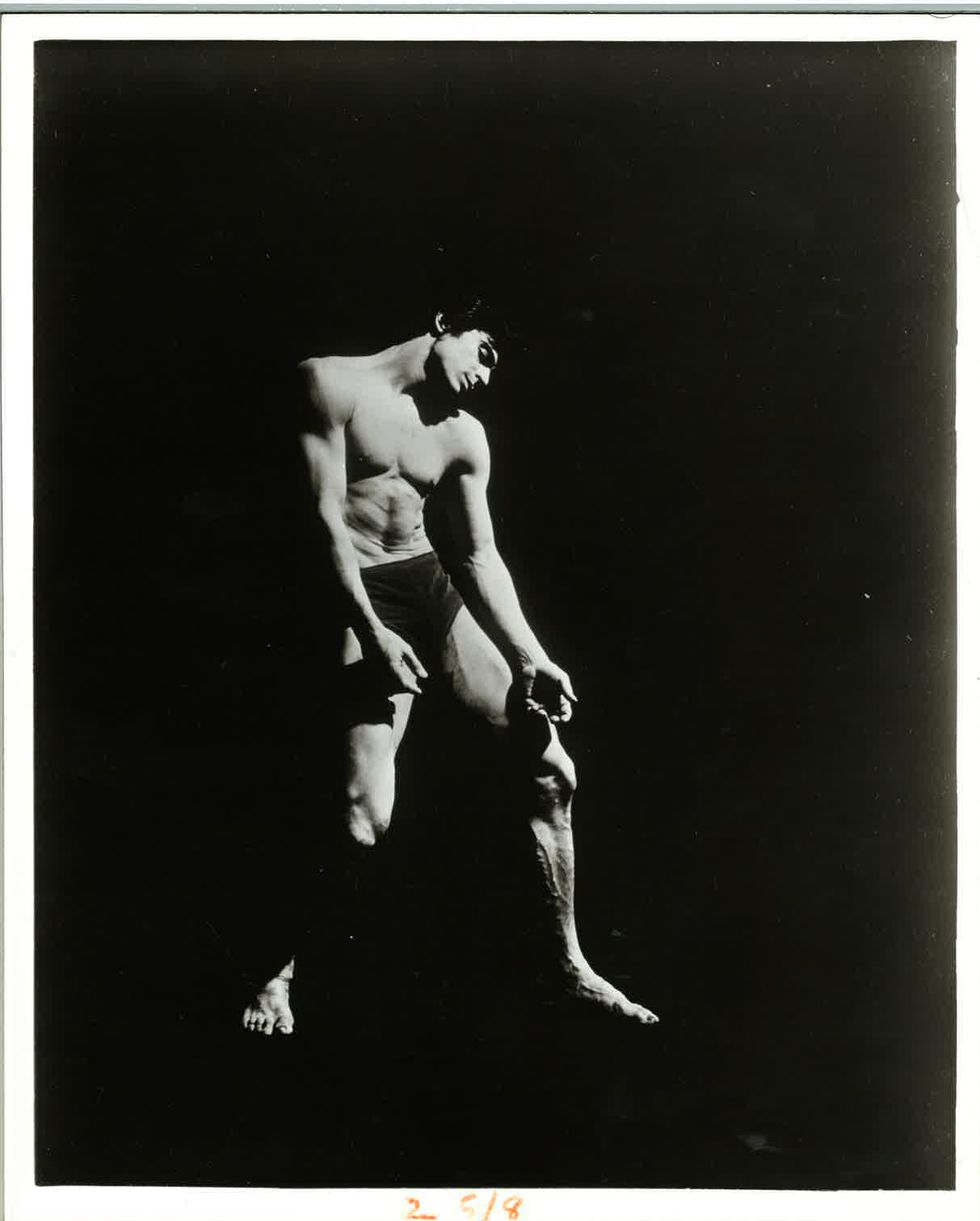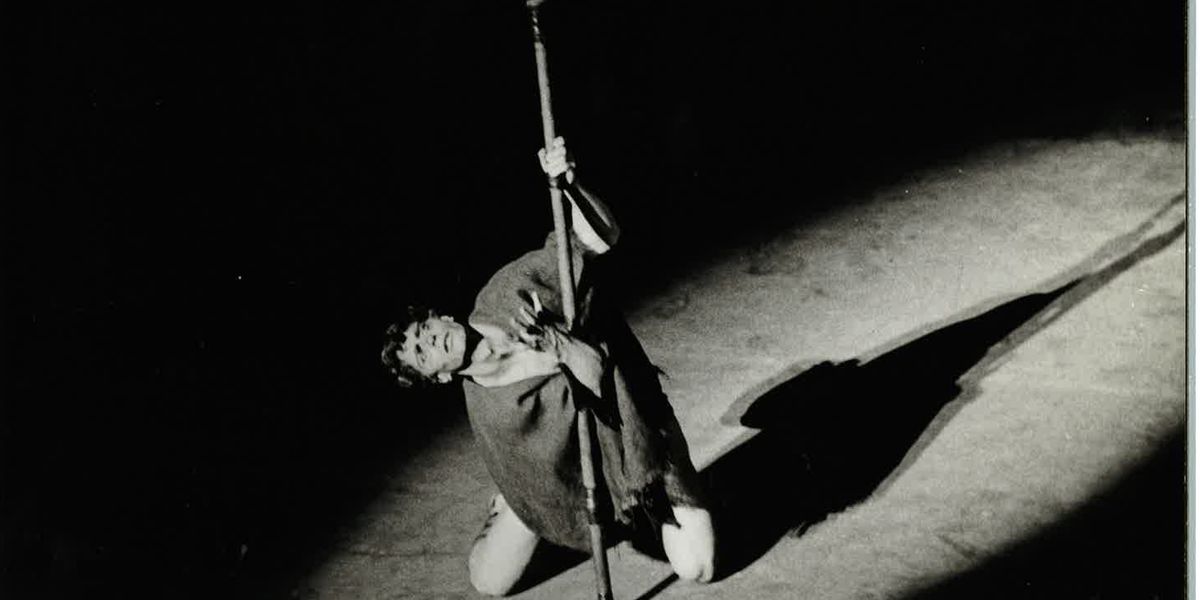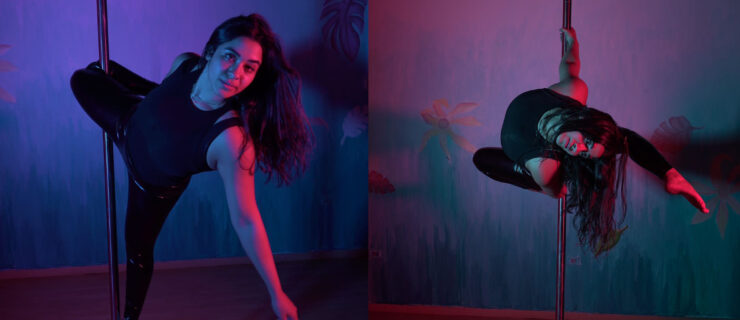What George Balanchine and Jerome Robbins Taught Me About Becoming an Artist
Two weeks after joining New York City Ballet, I was stunned to learn that I was going to dance Jerome Robbins’ Afternoon of a Faun. I had only just reentered the world of classical ballet again after spending four years at the New York State Maritime College, and everything was still a mystery to me, from warming up to rehearsals, to expectations and, especially, the music. The scores were not easy to decipher. Many of the movements had just been invented.

Villella in a rehearsal with Balanchine and Robbins.
Photo Courtesy of New York Public Library.
You can imagine me going in thinking, Oh well, it’s just a bunch of steps. That’s really what I thought. My training at the School of American Ballet had focused on the technique of traditional, academic positions. I’d been noticed there because I could jump and beat. But I was in for a shock: This ballet would be the first step in my journey to discovering how much more there was to dancing than just doing a bunch of steps.
Jerry had reinterpreted the original Nijinsky Faun, contemporized it and placed it in a ballet studio. It was essentially dramatic movement—something they didn’t teach at the Maritime College. How could I become a young man/faun? There were no jumps, and jumps were my security. Plus, I’d never partnered in my life and this was a pas de deux.
Why would Jerry want me to dance this role?
Fortunately, he was a brilliant coach, and hand-fed me insight into how a choreographer developed his work. He talked about a warm spring afternoon, a shaft of sunlight, an empty studio, a languid young faun and a very young woman who later enters. He explained and showed me the dramatically structured ideas. He talked about the mirror being the audience, the fourth wall that then added an additional challenge. Usually when you dance with a partner you focus directly on her, but here the focus shifted: You have to make the audience believe that the interaction of the two protagonists comes from them viewing each other through that imaginary mirror.

Vilella in Prodigal Son.
Photo Courtesy DM Archives
(Years later, Jerry would also tell me that once, when he came to a class at SAB, I was leaning against the barre in a shaft of sunlight that came through a big old window, and began to arbitrarily stretch. Without knowing it, I’d been part of the inspiration for Faun.)
The experience taught me that I would need to dig deeper. From then on, I always approached each ballet through its ideas and musicality. I endlessly listened to the score until the rhythm, counts and structure began to emerge. I sought the portrayal of my character, my relationships onstage to other dancers, and the period and style of the ballet, no matter how abstract it might be. An artist seeks all of this.
But whereas Robbins spoke freely about his work, George Balanchine spoke only with his body. This was easy for me because he was speaking a physical language and provided within that style, demeanor, abstraction and a musicality. The first piece I got to work with him on was Square Dance, one of his four new works during my first season. The steps were abstractions of classroom steps, which I had never experienced before. The group dances had simple elegance and yet their own formality. When he demonstrated to us, his body language was both subtle and obvious. He wasn’t flamboyant. He was very clear with his physical conversation. His gestures showed us the highlights and articulation of his movements in detail.

Photo by Martha Swope, Copyright The New York Public Library
I quickly learned to never take my eyes off Balanchine and keep my ears open for the few words he would utter about the ballet he was working on. For instance, in Apollo, he talked about eagles, matadors, chariot drivers and soccer players. In Harlequinade he told me the French commedia dell’arte clown was a principal dancer, but in Italian commedia dell’arte, Pulcinella was a dirty old man.
One day Mr. B came up to me and said he thought I should understudy Todd Bolender in Agon. My first thought was, How do I move like that? Todd was a fantastic, unique mover and he left an indelible impression on everything he did. I didn’t want to look like a bad imitation. Plus, the music was a whole new ball game: If you were counting slow fours, Stravinsky might then introduce a quick seven. I stood in the back and tried to follow, but was totally lost.
Amazing relief arrived when Balanchine not only explained the phrasing but told me, “Don’t imitate Todd. Attack like a male principal.” Those words allowed me to change my whole approach. I could do the variation in a way I naturally moved. Balanchine had given me the character: a male principal. Listening to the music, it seemed that attack was very much part of my character. “Agon” basically means contest. A contest with music? Between man and women? Both? It was in my mind, so I just made a decision.

Courtesy DM Archives
After my first night performing it, Lincoln Kirstein came up to me and asked how I felt I did. I said something like “It was the hardest thing I’ve ever tried to get through.” He leaned down to me and said, “Make your own comment.” I’ll never forget those words—they suggested I was going in the right direction by building my own interpretation.
The invaluable insights provided to me by these geniuses were like a guiding template to my dance life. They taught me the importance of understanding characterization and the danger of imitation. It has to come from your mind. You have to understand who you are onstage in each ballet. As Balanchine told me, dancers speak a physical language. No matter how abstract the ballet, we have to understand what we’re supposed to say and how we want to say it if we expect an audience to listen.




